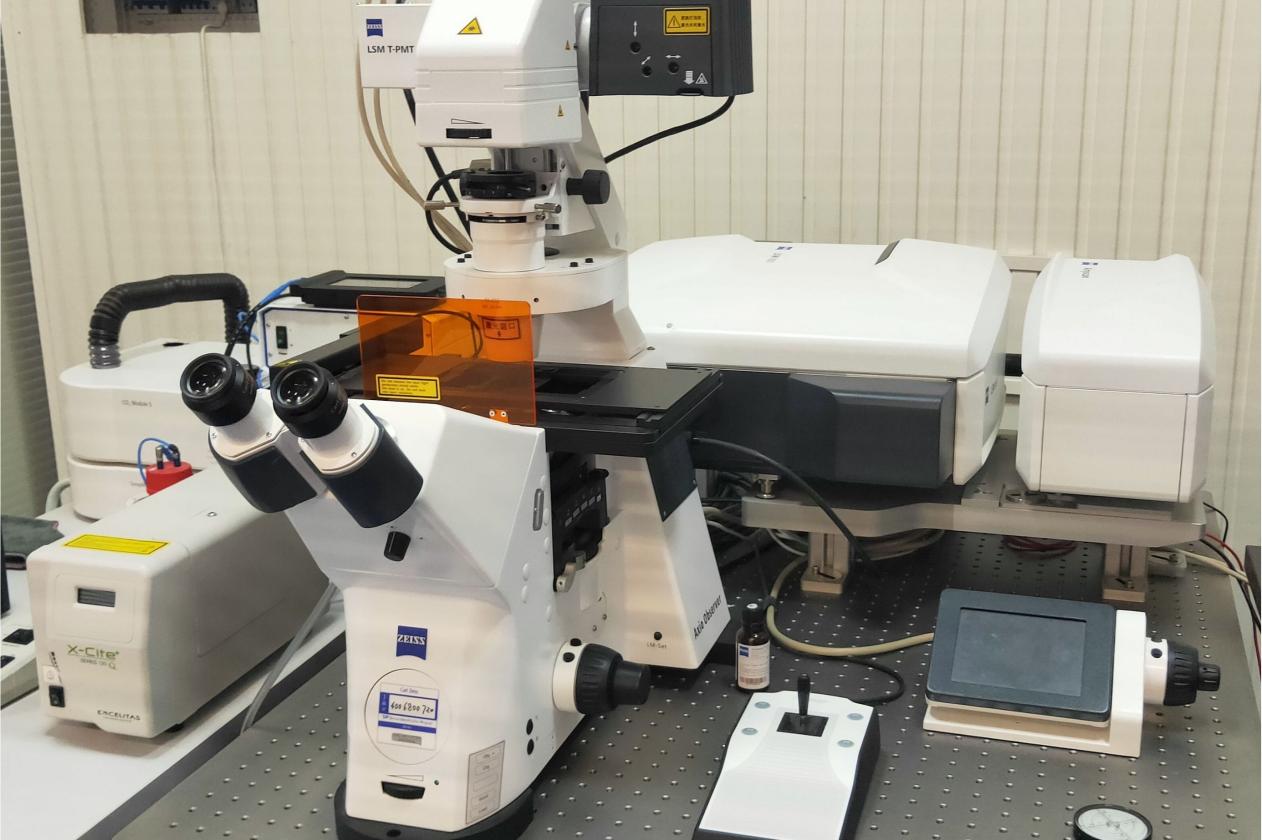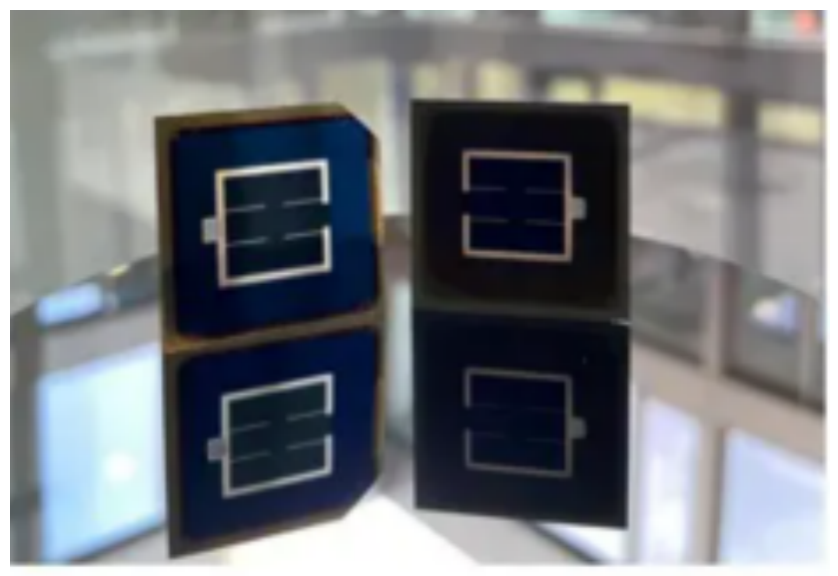Contact lenses, becoming the next smart screen?
A few years ago, when smart glasses gradually faded out of public view because of "bulkiness" and "embarrassment", few people would have thought that what really subverted human-computer interaction was not a device hanging on the bridge of the nose, but an almost invisible contact lens. Recently, a number of start-ups and technology giants have announced the research and development progress of embedded technology contact lenses, which once again ignited people's imagination of "eyes are screens".
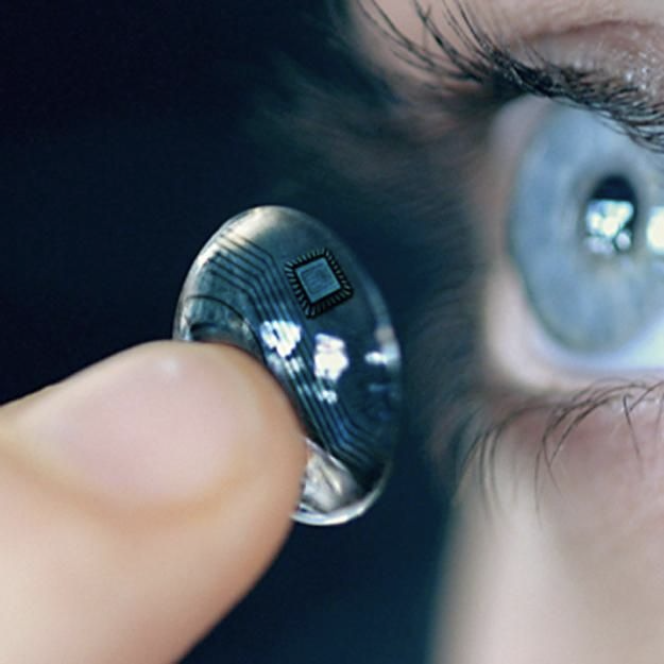
Unlike traditional smart wearable devices, this kind of contact lens does not require the user to operate deliberately. They fit the eyeball, and directly superimpose information in the field of vision through micro-displays, wireless chips and sensors. If you walk on the streets of the city, the navigation arrow can "float" at the intersection to guide the direction; When shopping in the supermarket, you look at the shelves and the nutritional data of the goods will automatically pop up; Even at work, meeting materials can be projected directly in front of your eyes, and you no longer need to lower your head to switch screens.
This sounds like a sci-fi setting, but the pace of reality is accelerating. This year, a Silicon Valley company demonstrated its latest prototype, which can project words and images on the lens in real time and interact with eye movements. Another European team focuses on biological monitoring. The lens can read the composition of tears and track blood sugar and electrolyte levels, aiming at the medical and health market. This dual orientation from "displaying information" to "monitoring the body" makes the potential of technological contact lenses even broader.
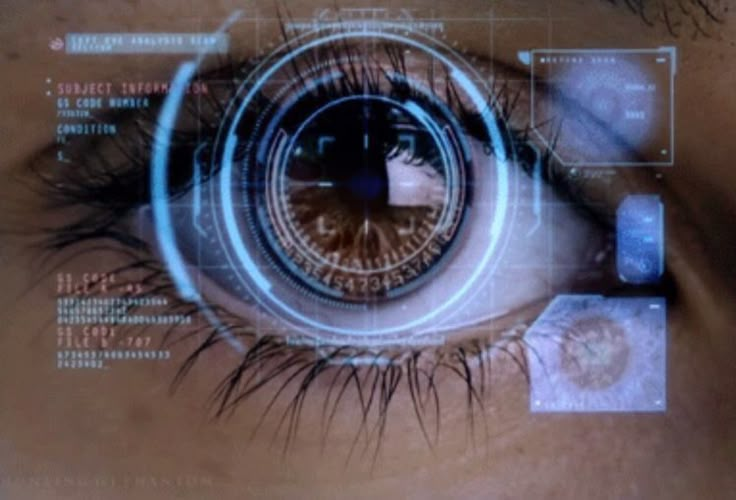
However, the closer to daily life, the more complicated the problem. The first is energy and heat dissipation. How to maintain stable power in a thin lens while avoiding discomfort to the eyeball? Secondly, there is privacy anxiety. When the lens has the shooting function, how can people around confirm that they have not been "peeked"? Deeper, there is data security: eyes are no longer just the window to perceive the world, but may also become the entrance for hackers.
Supporters believe that these challenges are not insurmountable. After all, almost every generation of technology products, from mobile phones to smart watches, faced similar doubts at the beginning of their existence. However, critics warn that the eyes are one of the most sensitive organs of human beings. Once there is a security leak or health hazard, the consequences may be far more serious than the phone being disconnected.
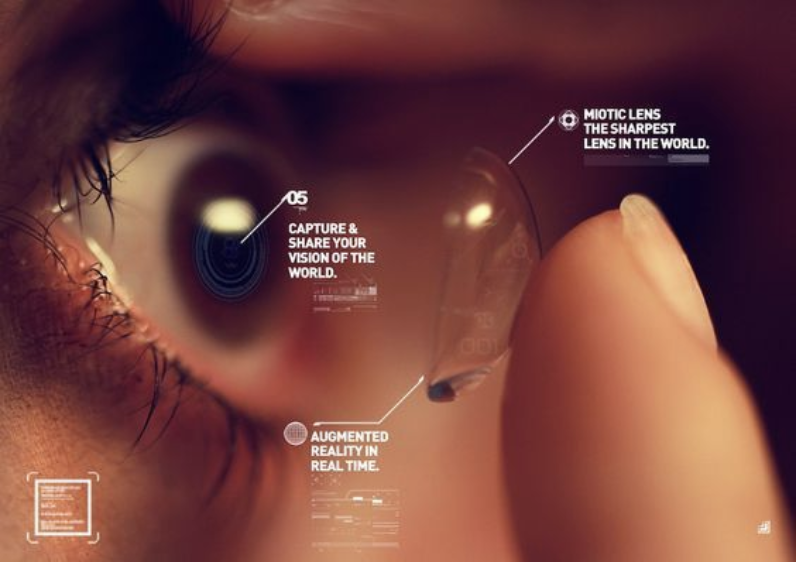
However, regardless of the controversy, the trend is clear: the future human-computer interaction is no longer limited to fingers and screens, but gradually extends to more natural senses. The embedded design of contact lenses makes technology really "disappear" in daily life. At that time, blinking may be logging in, staring is clicking, and even the action of "taking out your mobile phone" will become a thing of the past.
Technology is changing "seeing" from a simple visual action to a new entrance to information and the world. Embedded contact lenses may take years or even ten years to polish, but it has made us think: in the future, are we looking at the world with our eyes or with technology?
(Writer:Lorik)


